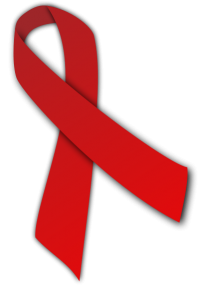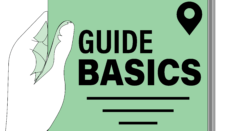We see that in everyday life it is quite common to confuse symbols with signs; There are even people who think that they are synonymous and do not discriminate when using them; To clarify this, in this article we show you how to differentiate the sign and the symbol.

Both the symbol and the sign are forms of communication between people, both want to convey ideas, but it is not the same if, for example, you see this (¿) ($) in a text or if you see an illustrated white dove. The first convey very specific ideas, which will really be the same when anyone in the world sees it, and the second example may be the symbol of peace for you, but not for others.
When we talk about signs, we refer to graphic representations or figures, which are of universal language and therefore can be understood by anyone in the world, such as intonation signs or even zodiac signs; for their part, symbols are those images that have a meaning, but are not really represented; In this case, the images that have been taken to represent cancer, a cross, the lgtb community, etc., could be said to be metaphorical and can be used by convention or analogy.
Both the signs and the symbols are permanently everywhere, when you walk the streets, when you go to a store and you can even find them in accessories and clothes. Let’s take a closer look at their differences below.
Instructions to differentiate the sign and the symbol
- The sign is the one that has the capacity to transmit contents that are fully representative, that is, anyone in the world will know the meaning of that image; the signs can also be universal words or scents. There are several types of signs which are: verbal (a laugh or a smile), non-verbal (a prohibited), tactile ( braille system), auditory (listening to the union of instruments gives us the genre of music), and visual (the light of traffic lights). They are captured sensorially where hearing and sight stand out and different processes can intervene, both communicative and cognitive. When we write, we also use them through punctuation marks (., ;), (!) exclamation marks, (?) question marks. We also have mathematical signs: (-) to subtract, (+) to add, (x) to multiply; Based on what we see, we will know what operation to perform. The signs are used to transmit universal information. Lightning and smoke can fall into this category and can even be understood by animals.
- On the contrary, the symbol is always a graphic representation that implies a word, it can involve ideals, feelings and values. Unlike the sign, the symbol is not universal, so an image can mean a different thing depending on the country and culture you are in. Therefore, the symbol does not establish a 100% real relationship with the object or situation that it intends to reflect, since it is associated with the mind of the people who use it. Thus we can say that the symbols are more figurative and that they are in charge of transmitting abstract ideas, that they can become intellectual or moral and that their meaning will vary depending on who receives them and who sees them. An example of this is: two little birds symbolize love, also the crescents and the stars of David are symbols.
- Symbols are the ways that populations express feelings, thoughts and ideas, while signs convey exact information for everyone.
- The signs have a concrete meaning and the broad symbols.
- The sign is very well defined, it is utilitarian and limited, it is responsible for transmitting information that is known by everyone, it is marked and controlled, while the symbol really has no practical use and is not utilitarian, it expresses unlimited and new meanings.
- In the sign, knowledge plays an important role, while in the sign, recognition.
- Linguistics teaches us that signs must have meaning and significance, while the symbol is something that represents reality (of the people who experience it and recognize it).
- In conclusion, the symbol is the mental representation of a reality and can have different meanings depending on who sees it and the sign is more global, it is collective, everyone knows what it is about.
Tips to differentiate the sign and symbol
- In a good communication there are barriers, that is, obstacles that can make it more difficult for things to be understood, among these we find the semantics; examples of this is when a sender mentions a word but the receiver can interpret it in a different way; For example, the word bank can refer to a financial institution, a blood bank or a piece of furniture that is used to sit on; Likewise, there are words that can vary in meaning depending on the country, even if the same language is spoken.
